2. CHALCOGRAPHY
The copperplate engraving is a “hollow” printing technique. The signs engraved on the plate take the color and transfer it on the paper during the printing process, while the areas of the matrix that have not been processed retain the color of the paper. In this way, the signs made on the matrix become directly the signs that will be printed on paper.
The chalcographic matrix is a sheet of metal (copper, zinc, brass, aluminum) that can be more or less hard, and which can be worked directly (in this case the strength of the hand, with the help of metal tips, engraves the matrix) or indirectly (here instead the acid corrodes and digs the sign on the plate).
DRYPOINT
Working in a direct manner, called drypoint, consists in engraving the plate with a hard point that, opposing more or less force, raises the barbs (small ridges of metal corresponding to the created groove). These ridges, together with the engraved sign, retain color during the inking phase and create a special and recognizable effect.
The processing in an indirect manner which makes use of acids and spread in different ways, often used together, which will give different results. The two main processes that I have experienced are: acquaforte etching and aquatint.
ACQUAFORTE ETCHING
We use this technique to get marks on the sheet. The metal matrix, after being cleaned and polished is protected with a special paint, which will prevent the acid to act on the whole surface.
Thanks to a tip, signs are traced on the matrix that deprive her of her protection. Once the plate is immersed in the acid, these signs will be subject to the corrosive action in the metal engraving in the metal, more or less in depth, depending on the time of exposure in acid.
You can achieve different intensities in the various signs of the same plate, proceeding with various morsure (in acid baths) and protecting the signs you want to be lighter with the paint.
AQUATINT
This technique is used to obtain shades of different intensities on the plate. Even in this case, the slab must be protected from the corrosive action of the acid, but unlike the acquaforte etching, paint is not used, but a very fine powder evenly spread on the metal surface.
Then the slab is heated and the powder melts on it, protecting and allowing the acid to act simultaneously on the metal in a controlled manner.
To obtain different intensities it is sufficient to protect areas of the sheet that you want to keep clearer by spreading a layer of protective paint and working with various morsure.
An alternative to the use of special dust is to spread an even layer of spray paint on the plate.
SUGAR LIFT
The other technique that I used in my work is the so called sugar lift, which makes possible to achieve an effect similar to watercolor.
This technique consists of painting the plate with a brush soaked in a special sugar solution, and once dry the plate is covered with a thin layer of protective paint. Later, hot water is poured on the slab which separates the paint from areas treated only with the sugar solution, and we proceed to protect exposed areas as in aquatint (with special fine powder or spray paint).
At this point the plate is immersed in acid as usual and it is possible to proceed with the various morsure.



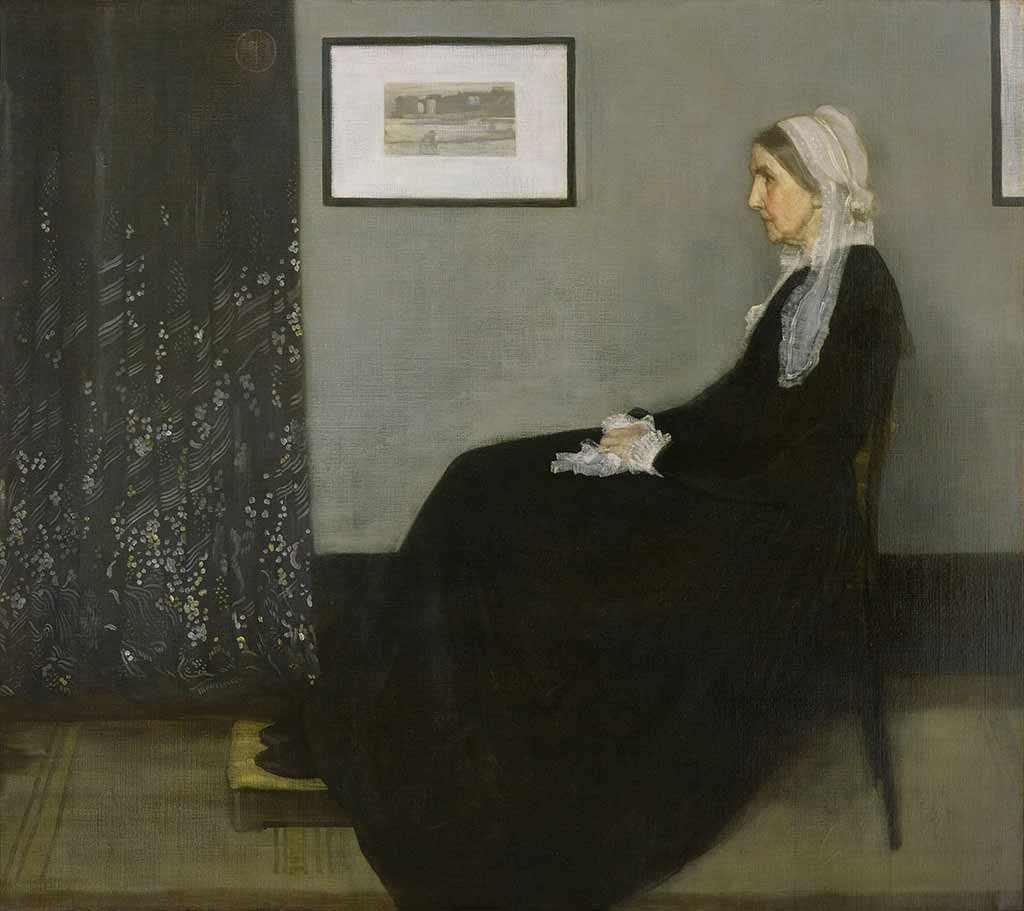






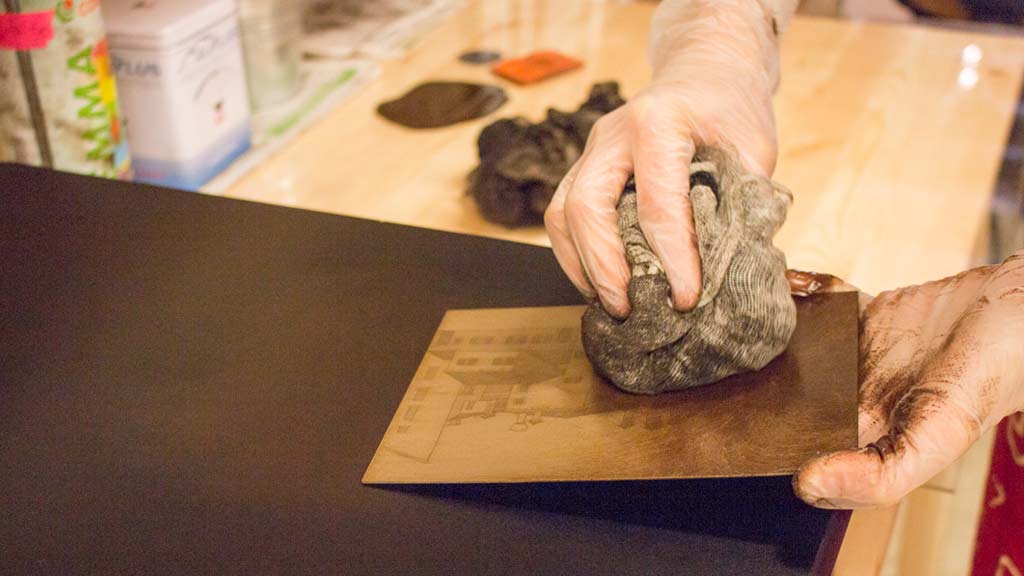
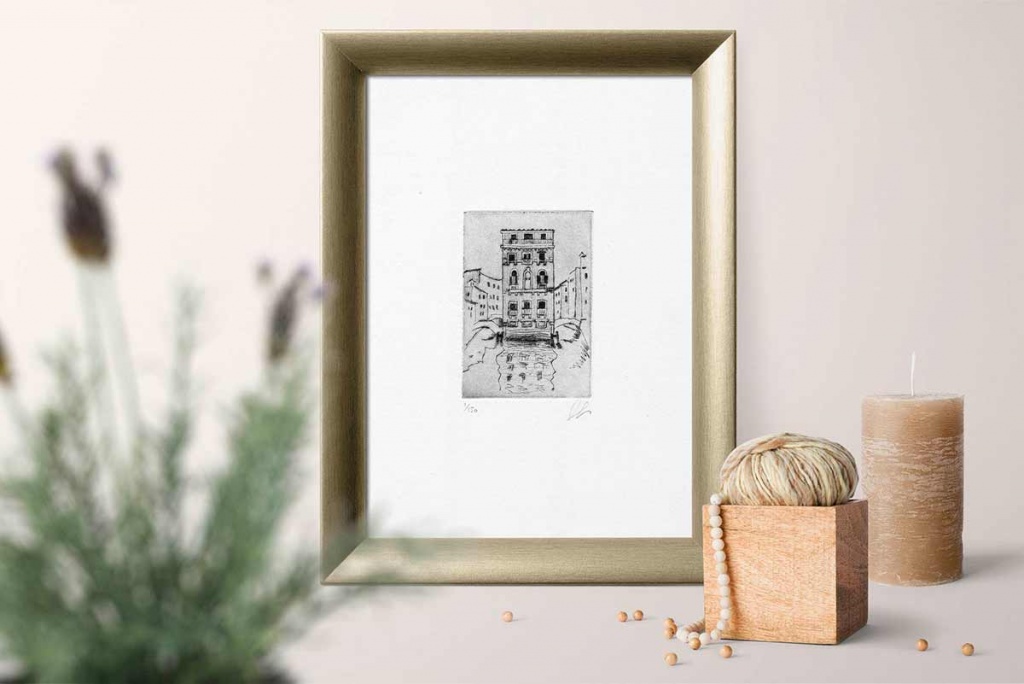
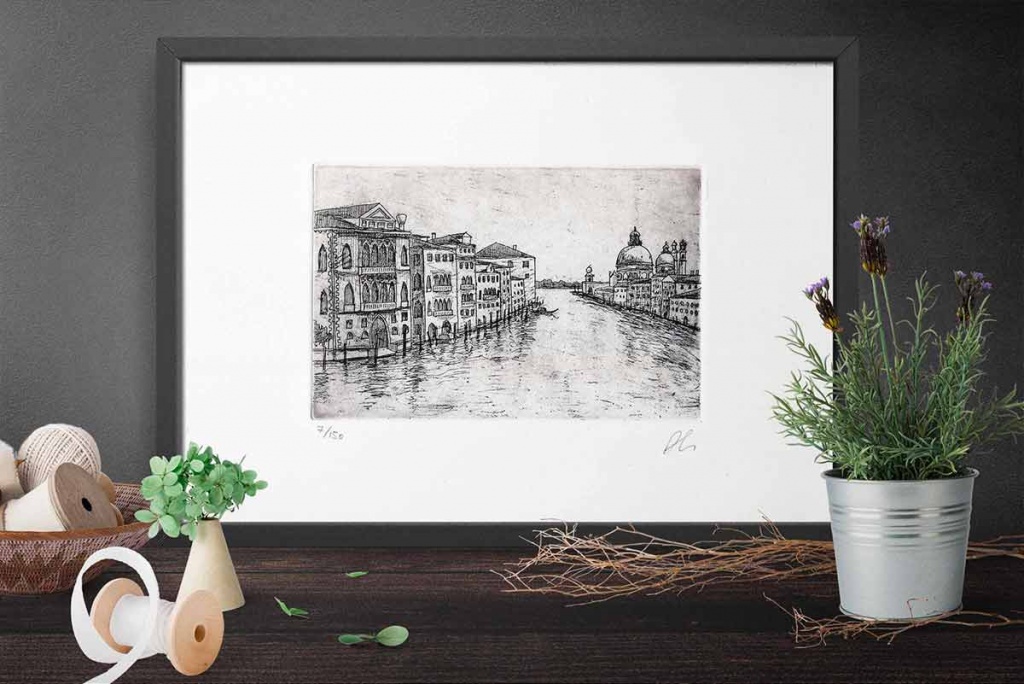

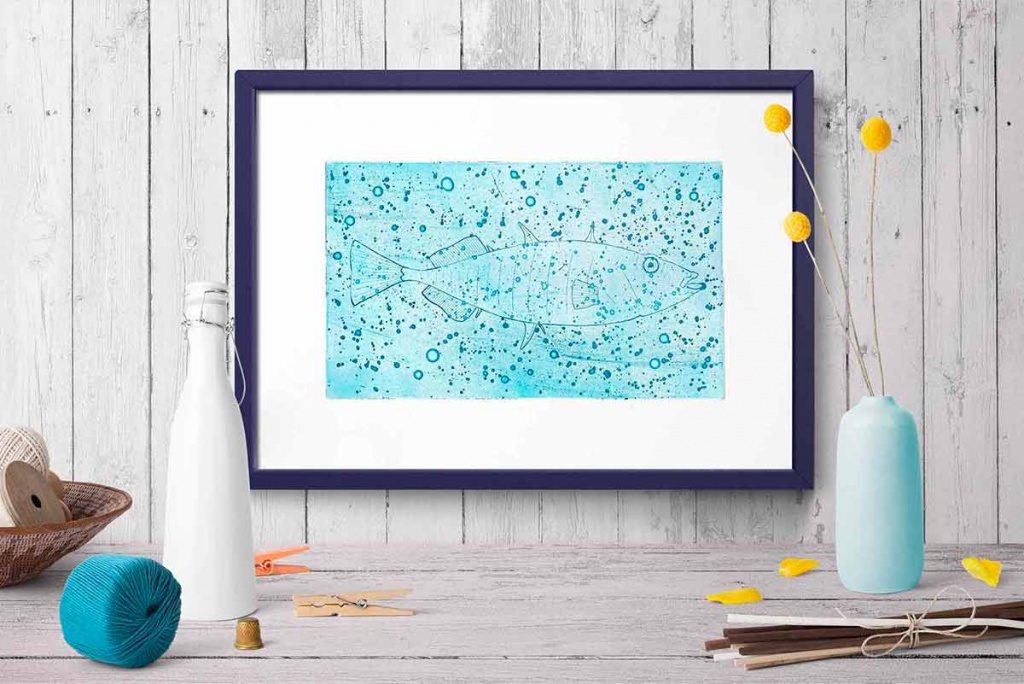
 Venice place names: Campi, Campielli, Corti
Venice place names: Campi, Campielli, Corti  Venice place names: Calle, Calle Larga, Salizada, Rio terà, Ramo, Sotoportego
Venice place names: Calle, Calle Larga, Salizada, Rio terà, Ramo, Sotoportego  The Venetian “Fondamenta”
The Venetian “Fondamenta”  2 years and still going strong: happy birthday Plum Plum Creations!
2 years and still going strong: happy birthday Plum Plum Creations!  The Bicentenary of Gallerie dell’Accademia – Canova, Hayez, Cicognara
The Bicentenary of Gallerie dell’Accademia – Canova, Hayez, Cicognara